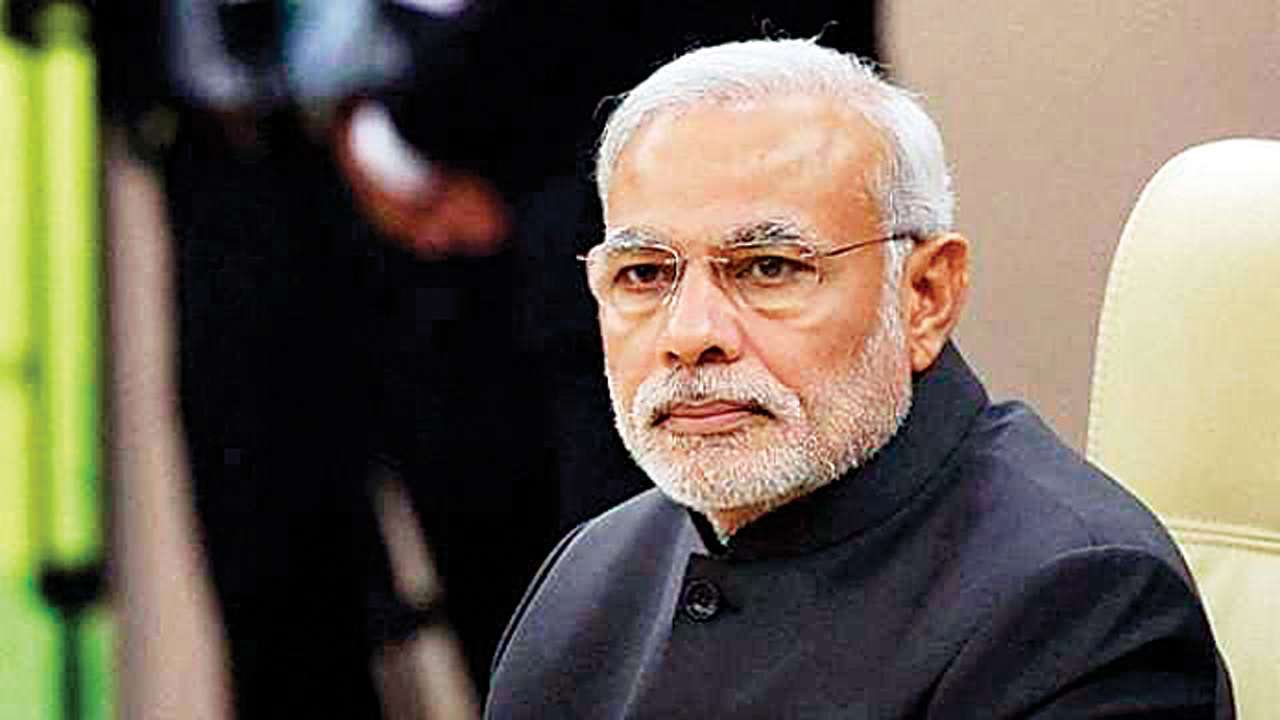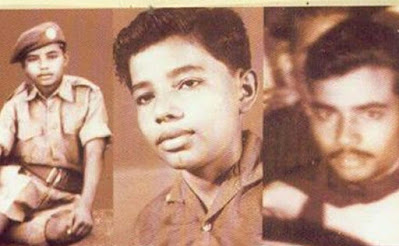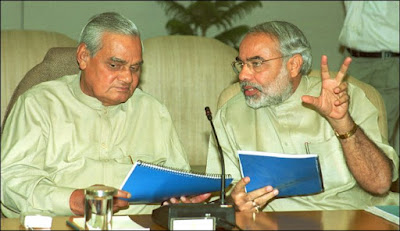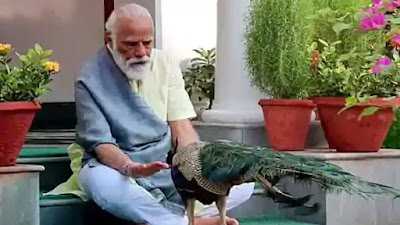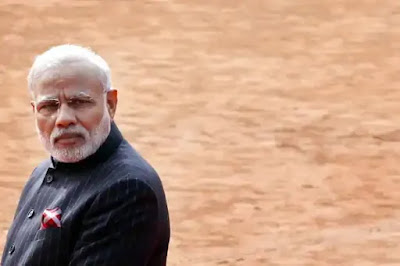Narendra Damodardas Modi became India’s 15th Prime Minister on 26th May 2014. He is one of the senior leaders of the Bharatiya Janata Party or BJP, and he led his party to victory in the recently concluded general elections to the lower house of parliament or the Lok Sabha.
In fact, the BJP distinguished itself by winning an outright majority in the Lok Sabha. Narendra Modi had already established a name for himself as the Chief Minister of Gujarat from 2001 to 2014. He has had a remarkable career marked by some unique achievements. He was the first Chief Minister to serve Gujarat for thirteen years and is also the first Chief Minister from that state to become the Prime Minister of India.
What was Narendra Modi's childhood like?
Narendra Modi had a hard childhood. He was born into a middle-class family in Vadnagar, Gujarat in 1950, and was the third of four children.
As a child, he used to help his father Damodardas Modi to sell tea at the Vadnagar railway station. Modi went to school at Vadnagar and loved debating and acting. The family enjoyed very few comforts, and the children studied by the smoky light of kerosene lamps.
Even as a boy, Narendra Modi was attracted to the ideals of the RSS. (Rashtriya Swayamsevak Sangh) and used to run errands for its members. He made tea for their senior leaders and swept and cleaned the rooms of the RSS building.
Modi left home when he was 18. He continued with his studies, however, and took an M.A. in Political Science.
Why is Narendra Modi considered to be a good administrator?
Narendra Modi is known for his astute administrative skills and has the reputation of being incorruptible. He is credited with turning around Gujarat’s economy and making it an attractive investment destination for industrialists.
Under his guidance, major developments took place in the field of agriculture. He helped Gujarat take important steps in the conservation of groundwater, and gave solid support to non-government organizations in the development infrastructure. At the same time, the utilization of semi-arid land resulted in a boom cotton production.
Every village in Gujarat was supplied with electricity, and many big investors from India and abroad flocked to the state, giving a boost to the industry.
Today, Gujarat is described as ‘Vibrant Gujarat’, because of the administrative reforms ushered in by Narendra Modi.
Why has Modi's election campaign been described as a hi-tech one?
The marvels of modern technology were effectively used during Narendra Modi's campaign for the Lok Sabha by a team of cyber communication experts. Ten websites were set up, and social media sites like Facebook and Twitter were utilized with maximum efficiency. Narendra Modi's page on Facebook recorded 16 million 'Likes' giving him a second-place among world politicians. He also gained the distinction of being the sixth most followed leader on Twitter. This clever use of social media won him many votes from the younger generation of voters.
Why have many books been written about Narendra Modi?
Narendra Modi's life has inspired many authors. His inspiring journey from being a schoolboy selling tea, to the Prime Minister of India has captured the world's imagination. 'Narendra Modi: A Political Biography' has been penned by Andy Marino, and is an account of both his personal, as well as political life. Nilanjan Mukhopadhyay wrote 'Narendra Modi: The Man. The Times' while 'The Man of the Moment: Narendra Modi' was written by M.V. Kamath and Kalindi Randeri.
Following the victory of Narendra Modi in the general elections, there has been a rise in demand for books about him. As a result, books have been published not just in English and Gujarati, but also in other languages as well. These include: 'Moditva', 'Common Man Narendra Modi', 'Namo Vani', 'Modi ka Vikasnama', 'Kahani Narendra Modi Ki' and 'Asha ka Sawera'. And also book titled 'Modinomics' by Sameer Kochhar.
Why was Narendra Mods swearing-in different from that of earlier prime ministers?
Narendra Modi was sworn in as the 15th prime minister of India in a spectacular ceremony in Delhi on May 26th, 2014. The guests included the heads of the neighboring SAARC countries- Prime Minister of Pakistan Nawaz Sharif; Sri Lankan President Mahinda Rajapaksa; Afghanistan President Hamid Karzai; Bhutan Prime Minister Tshering Tobgay; Nepal Prime Minister Sushil Koirala, Speaker of Bangladesh Shirin Chaudhury; Maldives President Abdulla Yameen Abdul Gayoom, and Prime Minister Navinchandra Ramgoolam of Mauritius. The venue was the forecourt of the President's residence. The ceremony capped an extraordinary rise from humble origins as a tea seller in a provincial town in Gujarat, to becoming the prime minister of the World's largest democracy.
